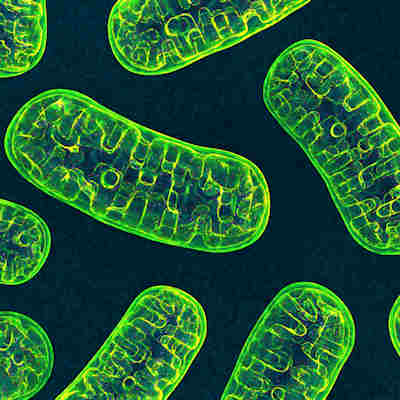August 23, 2022 -- University at Buffalo researchers, and collaborators from other institutions, contend in a new paper that they have revealed for the first time the connection between mitochondrial defects and key signals in the aging process.
Their paper, published on August 22 in the journal Aging Cell, describes how mitochondrial dysfunction leads to accelerated aging as demonstrated by shortened telomeres, specialized DNA sequences that act as caps that stabilize the ends of chromosomes and are a key biomarker of premature aging.
"The shortening of telomeres is generally regarded as an important biomarker of aging, but for a long time, no one knew the mechanism. Now we are able to link mitochondrial dysfunction directly to the shortening of telomeres," said senior author Dr. Taosheng Huang, PhD, professor and chief of the division of genetics in the department of pediatrics in the University at Buffalo's Jacobs School of Medicine and Biomedical Sciences.
In a separate paper, published on July 25 in the journal Nature Communications, the researchers present a new technique they developed based on optogenetics that can help restore normal function to abnormal mitochondrial interactions, potentially reversing the cellular mechanisms that cause mitochondrial diseases and premature aging.
"In the Nature Communications paper, we describe a technology that we developed that allows us for the first time to directly manipulate the interactions between mitochondria and other organelles in the cell," Huang said. "By utilizing optogenetics to force a physical interaction between mitochondria and another cellular component, the lysosome, we were able to restore the mitochondria to a more normal size while also improving their energy production functions."
Copyright © 2022 scienceboard.net









